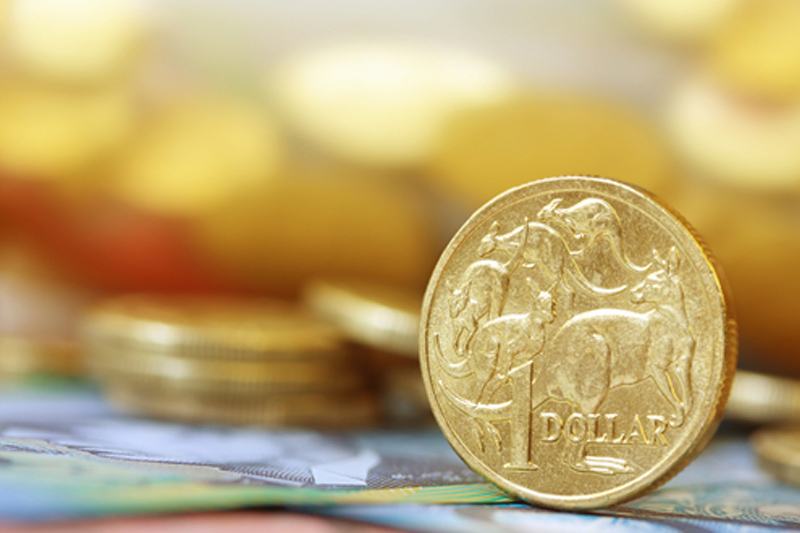By Wayne Cole
SYDNEY, Dec 10 (Reuters) - The Australian and New Zealand dollars recouped some losses on their U.S. counterpart on Monday, as speculation the Federal Reserve might almost be done hiking rates undermined the currency's yield advantage.
The Aussie AUD=D3 had hit a four-week trough at $0.7170 at the opening after disappointing Chinese trade data over the weekend showed import growth slowed sharply. only fuelled concerns about the Sino-U.S. trade dispute, and the latest twist with Huawei. the Aussie edged back up to $0.7218 as the session wore on and the U.S. dollar came under broad pressure as investors scaled back expectations on rate hikes following Friday's softer reading on November payrolls.
Markets have gone from pricing in three rate rises next year to less than one 0#FF: , while 10-year Treasury yields US10YT=TWEB have dived 40 basis points in just a month.
"The U.S. dollar is under the shadow of any resolution to the ongoing trade disputes, increasingly dovish Fed language, and slowing global growth - that set of factors has created a wall of worry offshore," said Kiwi Bank chief economist Jarrod Kerr. "In summary this is a USD story."
The New Zealand dollar NZD=D3 , likewise, pared its losses to stand at $0.6886, having been down as far as $0.6841 at one stage. Both the Aussie and kiwi fared worse against the safe haven yen AUDJPY= , having taken a beating last week as global equity markets cratered.
Local bond markets again tracked the rally in Treasuries. Yields on Australian 10-year debt AU10YT=RR fell to their lowest since June last year at 2.43 percent, a world away from the November peak of 2.83 percent.
New Zealand 10-year yields 0#NZTSY= dropped to their lowest since October 2016 at 2.455 percent.
Futures for Australian three-year notes YTTc1 hit their highest since November 2017 and were last up 1 tick at 98.075, implying cash yields under 2 percent.
Investors have even begun to toy with the chance of a cut in domestic interest rates 0#YIB: next year given economic growth had missed forecasts in the third quarter.
However, Reserve Bank of Australia (RBA) Assistant Governor Christopher Kent on Monday reiterated that the next move in rates was likely to be up and played down the significance of one quarter's data. positive spin was backed by data showing home loans jumped a surprisingly strong 2.2 percent in October, the biggest increase since July last year. (Editing by Jacqueline Wong)
